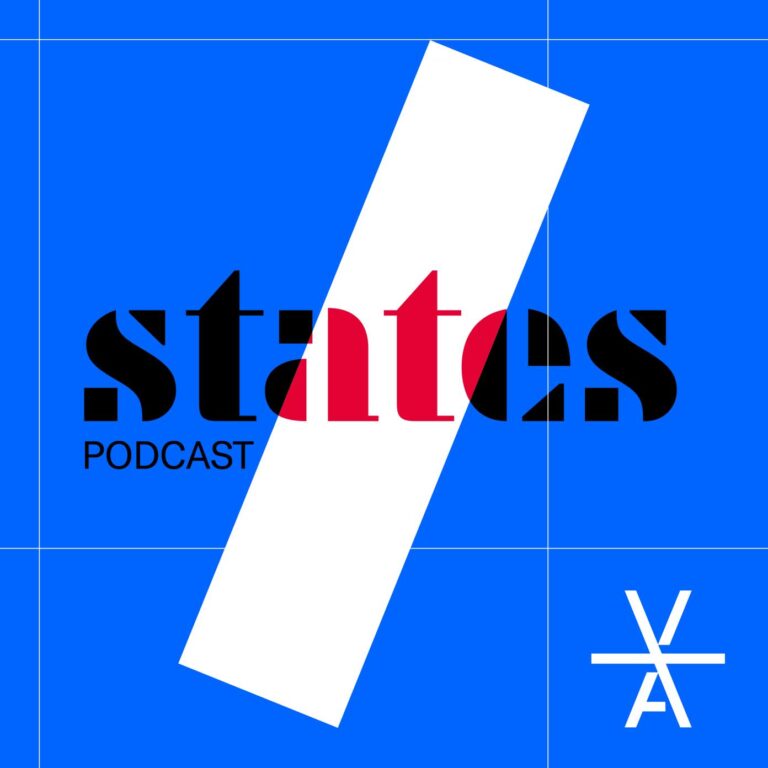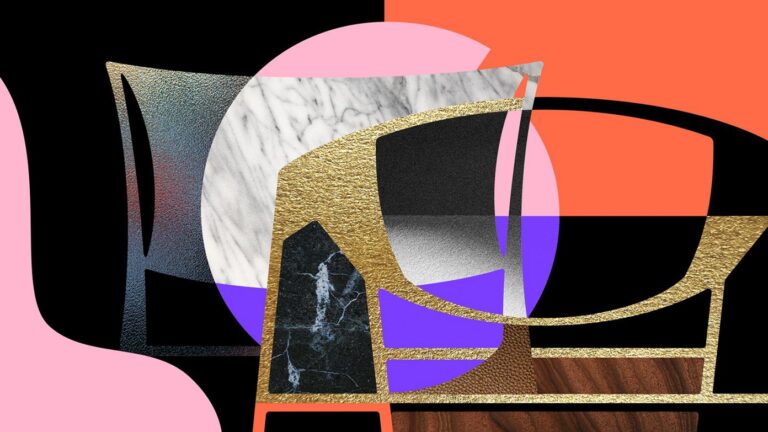
Gala Espel
Designer
May-June 2023
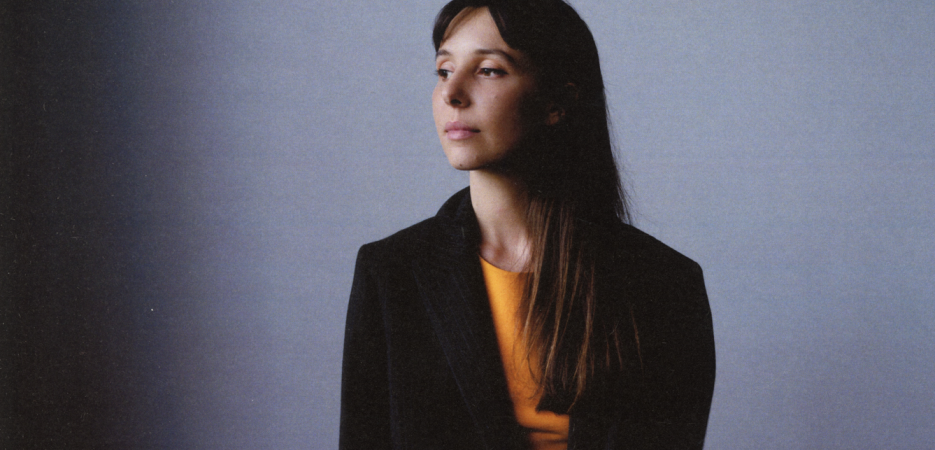
© Sarah Koeke
- Craft & Design
- New York
“What would a design from Brooklyn look like? How do we generate a world of objects that is true to the people who live there today? And how do we initiate this project to include local knowledge-holders and thus create a bound?”
As a designer, interior architect, and scenographer, I have developed my practice internationally, particularly when traveling around Asia and becoming acquainted with ancient craftsmanship. Through my travels, I have opened myself up to alternative ways of understanding objects, forms, traditions, gestures, and techniques that were hitherto completely absent from my design knowledge. This incredible wealth of images and cultures has proven to be an inexhaustible source of potential. I wish to become a designer who examines what’s close at hand while also committing to the future.
This yearning to form cultural bonds began in my hometown, where I set up a network of historians, sociologists, artists and craftspeople during my studies. Out of this emerged a collection of objects, resulting from collaborative work that conveyed the rich heritage of this place.
I see objects as a way of uniting people, of celebrating individual differences in order to uphold a living heritage. I want to generate original designs to foster economic growth, cultural development, and social ties.
Gala Espel is a 24-year-old graduate of École Camondo (class of 2021). In 2020, after winning the national competition launched by Le Bon Marché, she began a collaboration with studio Nendo in Tokyo. The following year, she reasserted her position on the importance of crafting with the opening scenography of 19M, a building dedicated to Chanel artisan crafts. In 2022, her idea was selected by the New Worlds call for projects held by the French Ministry of Culture. Her work has been shown at the Milan Design Week and Paris Design Week, and at the Musée des Arts Décoratifs.
For my research project at Villa Albertine, I want to consider ways to re-think and re-appropriate design within the urban space. What might design look like in Brooklyn? How can I produce objects that reflect current living conditions? And how can I forge bonds with local communities that hold such tremendous knowledge and expertise? This is an exceptional opportunity to spend time in a place built that thrives on true cultural multiplicity.
For two months, I would like to establish a multicultural network of Brooklyn craftspeople, working with them to develop a design concept that conveys this diversity. I intend to meet with intellectuals, creators, and manufacturers to create objects that explicitly reveal the radical intersection of cultures characterizing this borough. The objects will be developed through hybridized crafting techniques or crisscrossing traditions and customs –– and they will be imbued with the histories of their makers. Indeed, these forms will emerge through cross-cultural conversations with various individuals.
Given this dialog of cultures and craftspeople, Objects in Dialogue seems a fitting title for this research. Through this project, I wish to bring together different people around a spirit of mutual learning and cross-cultural creativity. It is these interactions that give rise to new forms of design creation. Brooklyn is the perfect laboratory for this.
Brooklyn has a long legacy of hybrid creation. Here, a variety of art and design genres coexist with a melting pot of residents. These intersections are born from cultures meeting, interpreting, and transforming each other’s means of creation.
Filipino and Indian hip-hop is a fusion of codes from Asian and African American culture. The slang in Downtown Brooklyn owes as much to Kingston as it does to the Southern United States. Young Puerto Ricans in Greenpoint know how to dance merengue, while Dominicans perform salsa and bilingual rap. We see these eclectic mixes in music, dance, fashion, but not in design. I want to see what can come out of such hybridity for my project, imbuing in with a similar freedom and spontaneity and offering a space for exchanging a objects that are representative of Brooklyn. My research revolves around questions of immigration, assimilation, and intersecting cultures.
For such an exploration, it is not worthwhile to speculate about how the ideas will unfold. So, although this process will begin in the craft studios of Brooklyn, it should not be seen as a single thought culminating in a set of objects.
Rather, it is a collective experiment –– a way to engage in design creation in order to address intimate and political questions.
In partnership with
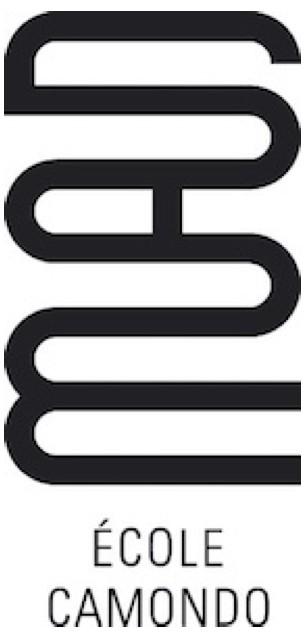
École Camondo
The Camondo School is part of the French cultural institution Les Arts Décoratifs, whose collection is one of the most important in the world. It delivers, in Paris and Toulon, a diploma of interior architect and designer level 7 approved by the Ministry of Higher Education and Research, Bac+5 conferring the grade of master.

WantedDesign
About WantedDesign:
Founded in 2011 in New York City by French New Yorkers Odile Hainaut and Claire Pijoulat, WantedDesign has evolved into a dynamic connector and amplifier for global design, fostering creative synergy and serving as a pivotal crossroad for the international design community. Following an important transformation for these past years, the multi-generational, women-led company now includes Colombian partner Daniela Giraldo Hinestroza and will continue to build on its foundation of community, education, and curation. Through its diverse array of programs- including residencies, workshops, immersion trips, and a membership program- WantedDesign connects designers at every stage of their career with key players of the industry across the Americas and Europe. Claire and Odile, based in New York, have also taken on the role of Brand Directors for ICFF since 2023. Daniela continues to lead from her hometown of Medellín, Colombia.
WantedDesign’s legacy includes the successful WANTED (previously known as the WantedDesign Manhattan), acquired by Emerald Expositions in 2019 to become a section within the International Contemporary Furniture Fair. Co-founders, Odile and Claire, stepped into their role as brand directors of ICFF in 2023 and will continue to do lead the show in 2024. WantedDesign will continue to support the WANTED section at ICFF to spotlight outstanding emerging design.
About WantedDesign’s Residency Program:
Presented in partnership with Industry City, the WantedDesign Residency program in New York offers a one-of-a-kind opportunity for international creatives to immerse themselves in the city’s vibrant design scene. With the support of international cultural organizations, this tailored immersion allows residents to explore, research, network and gain a deeper understanding of the US market and of its opportunities.
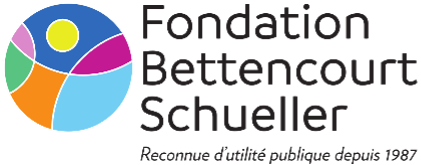
Fondation Bettencourt Schueller
As a family foundation and a public-interest foundation at the same time, the Fondation Bettencourt Schueller has chosen to “take talents to the top” to contribute to France’s success and influence.
To this end, the Foundation seeks, selects, supports and promotes women and men who are rethinking our future in three fields that make a tangible difference to the common good: life sciences, the arts and an inclusive society.
With a philanthropic mindset, the foundation takes action through prizes, donations, personalized support, effective communication and co-created initiatives.
Since the foundation was founded in 1987, it has awarded prizes to 676 laureates and supported more than 1,400 projects led by talented individuals, teams, associations and organizations.
For more information: www.fondationbs.org | Twitter: @Fondation_BS | Instagram: @fondationbettencourtschueller | Facebook: @BettencourtSchuellerFoundation | #TalentFondationBettencourt



